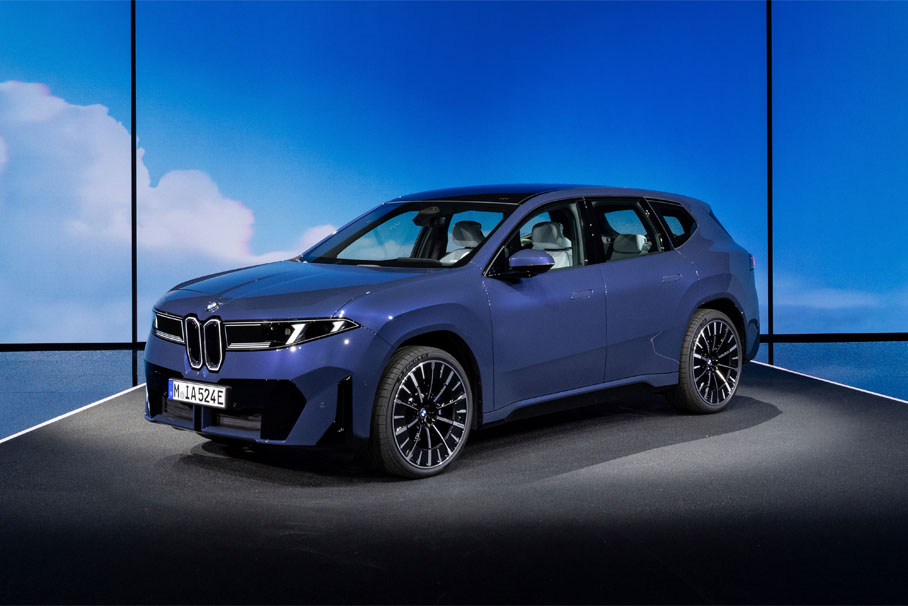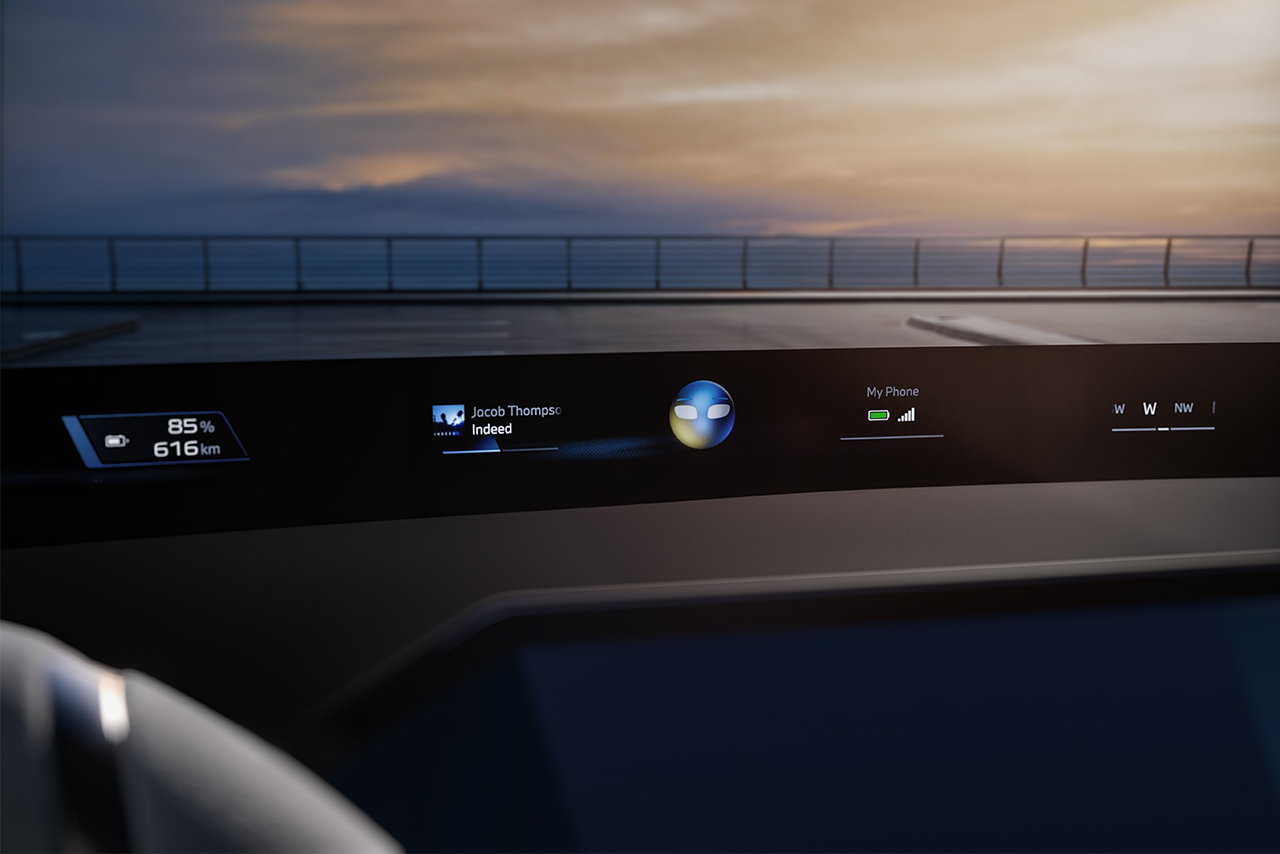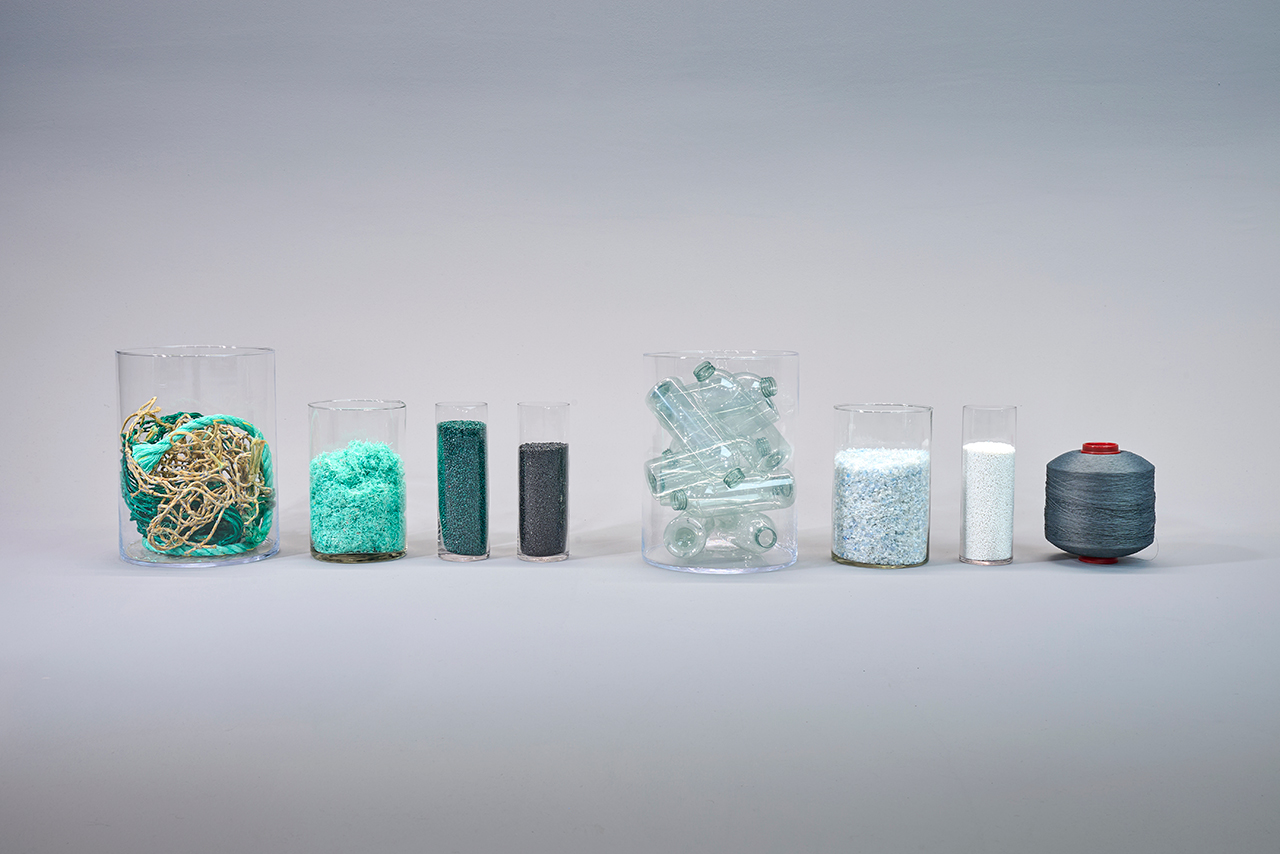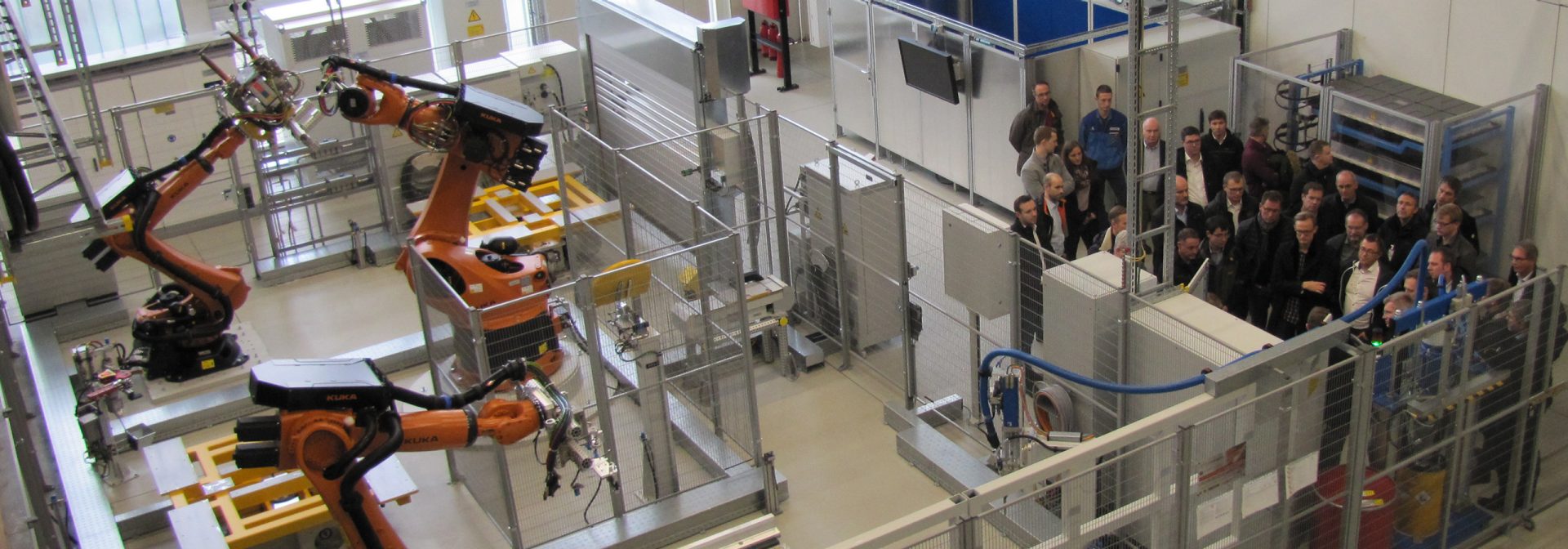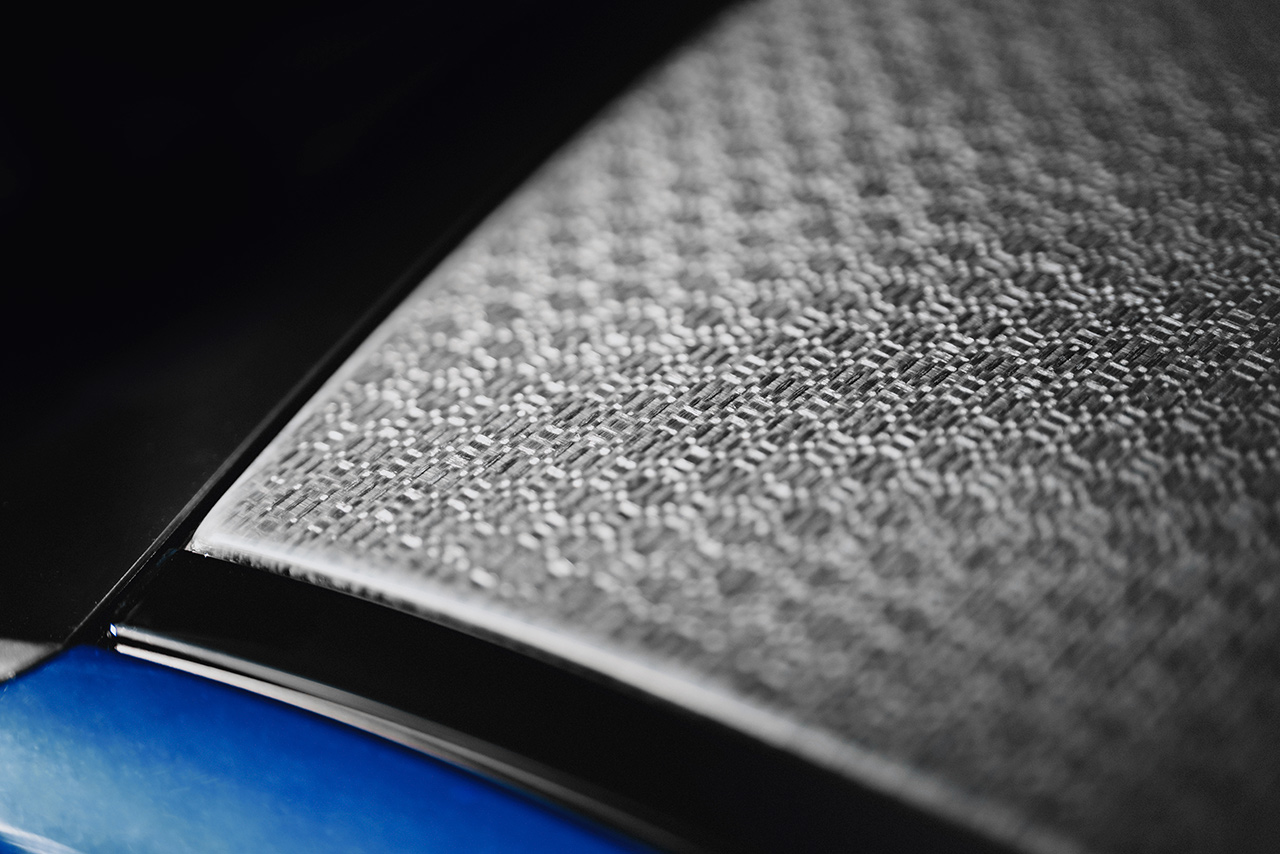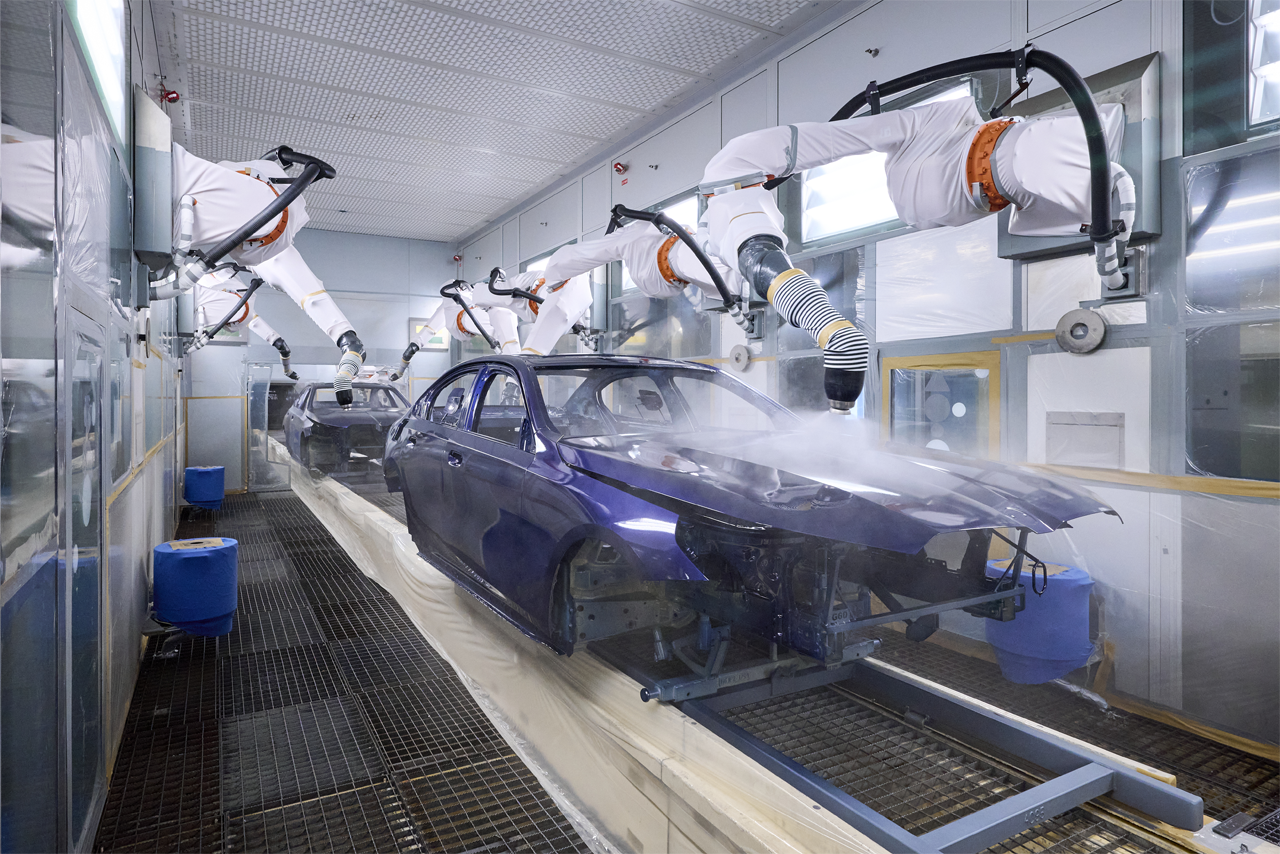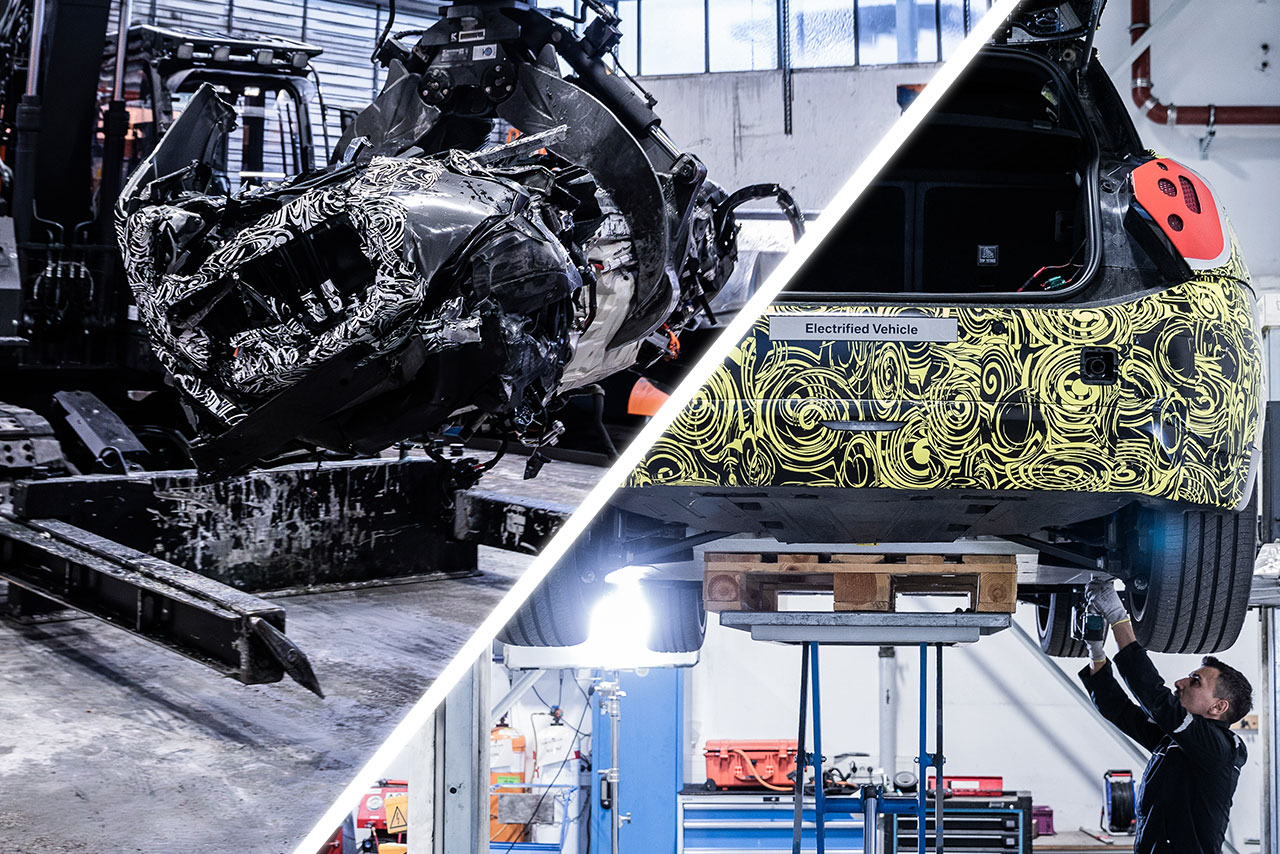Production requires electricity. However, the question is how intelligently this electricity is produced. The BMW Group Dingolfing plant is now testing direct current for operating a car body assembly facility, which could lower energy consumption by a fifth in future.
In Germany, machines and robots account for around a quarter of the power consumption in industrial plants. And power consumption due to mechanical energy is also a crucial factor at BMW Group production locations. Achieving further savings is a complex and demanding task, because firstly, industrial robots are necessary of course. For example, to automatically join together individual parts in order to make a vehicle component and, secondly, machines and robots are geared to (energy) efficiency virtually by nature.
Therefore, at the BMW Group plant in Dingolfing, Bavaria, engineers are conducting research on a different approach. There, for more than a year now, a test facility in the body shop has been operated by direct current (DC) instead of the usual alternating current (AC). “We produce around 1,250 automobiles of the BMW 3, 4, 5, 6, 7 and 8 Series per day. The robots utilised for this purpose already work very efficiently. With the change to direct current, production facilities could be operated even more efficiently in future. Initial results on our model facility indicate that energy savings of up to 20 percent are quite realistic,” explains Michael Schreck, project manager at the BMW Group Dingolfing plant.
This is due on the one hand to the fact that an in-plant, intelligently controlled DC voltage network would eliminate conversion losses. Instead of many decentralised energy conversions from alternating to direct current on each system, there would only be one central energy conversion which supplies all facilities with electricity. Secondly, in a DC voltage network, previously unused brake energy produced by system motors could easily be fed back to the power circuit and utilised. “This system functions as with an electric car. As our robots perform many stop and go movements, brake regeneration offers a high potential for saving energy,” says Schreck.
Moreover, using direct current technology also means lower equipment and material expenditure. For example, in a DC voltage network there is no need for filter systems to stabilise the network. Furthermore, only three-core cables are required instead of five-core cables used for alternating current. This saves up to 40 percent in copper.
Also, industrial direct current networks are seen as a technology that is vital for the energy transition: In a DC network, renewable energy produced for instance by photovoltaics or wind power, but also energy storage systems, can be very easily incorporated, as these facilities themselves already produce direct current. Therefore, the DC test facility is to be complemented in future by a solar power installation at the production hall. In Dingolfing, four second-life battery packs taken from BMW i3 vehicles are to be used for this purpose as an interim storage unit. The excess energy stored therein from production stops or regeneration will buffer network fluctuations. In this way, the use of direct current will also contribute towards general network stability.
The Dingolfing model facility is one of four pilot application projects during which DC technology is being tested in practice and is an integral part of DC-INDUSTRIE2, one of Germany’s largest joint research projects in which the potentials of DC voltage technology for industrial production facilities are being examined. The test results will in all likelihood contribute decisively towards finding standardised, energy-efficient solutions for future industrial facilities.








